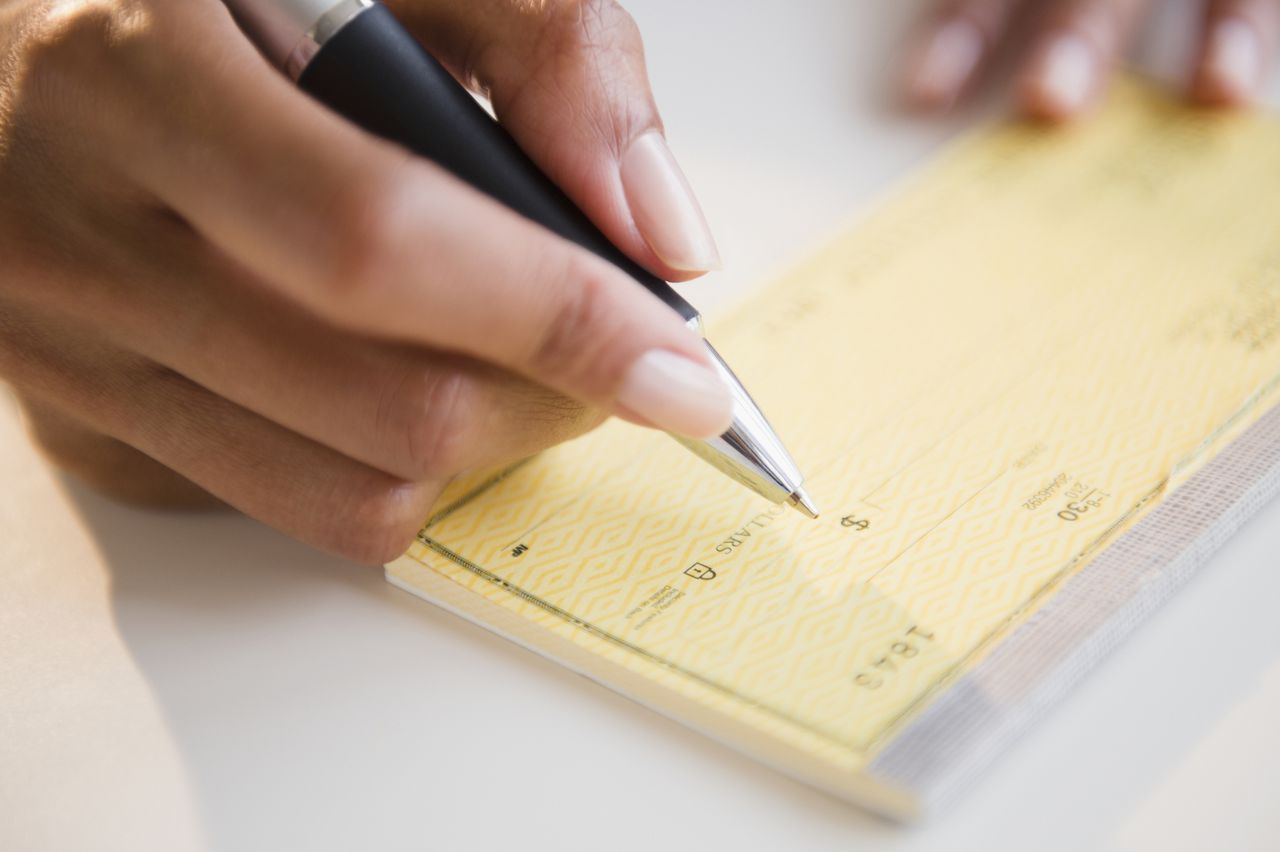The check is in the mail. You’ve probably said – or heard – that phrase at some point in your life.
But have you ever sent a check that was cashed but the recipient said it never arrived? If so, you may be the victim of check washing.
According to the U.S. Postal Inspection Service, check washing scams involve changing the payee names and often the dollar amounts on checks and fraudulently depositing them. Occasionally, the checks are stolen from mailboxes and washed in chemicals to remove the ink though some scammers even go as far as using copiers or scanners to print fake copies of the document.
In all, postal inspectors recovered more than $1 billion in counterfeit checks and money orders every year. But there are things you can do to protect yourself and your money.
Safest way to mail a check
Ryan Moody, the senior vice president of payments product management at the marketing solutions firm Vericast, told FederalNewsNetwork.com officials are doing everything they can to combat mail theft but there are steps individuals can take as well, including one as simple as using a gel pen to fill out checks they plan to mail.
Gel pens are harder for fraudsters to change because of the way the ink is absorbed into the paper, he said.
“When those chemicals get applied to a check that has that ink absorbed into the paper, those chemicals don’t stand much of a chance against that, so it’s very easy to see that check has been modified,” Moody said.
Postal Inspector Michael Martel said individuals can also prevent mail theft by not leaving uncollected letters in their mailbox for long periods of time or mailing checks at a post office as opposed to leaving in a box. People are also urged to track the status of incoming mail using Informed Delivery which sends a daily email with info on mail and packages they are to receive that day.
Read the full article here

Leave a Reply